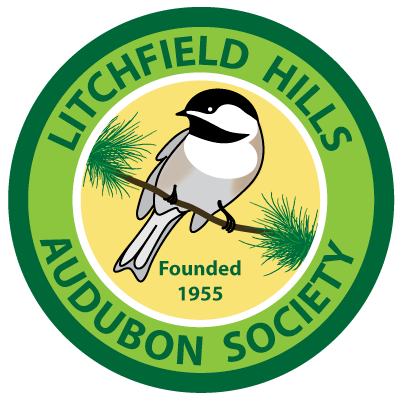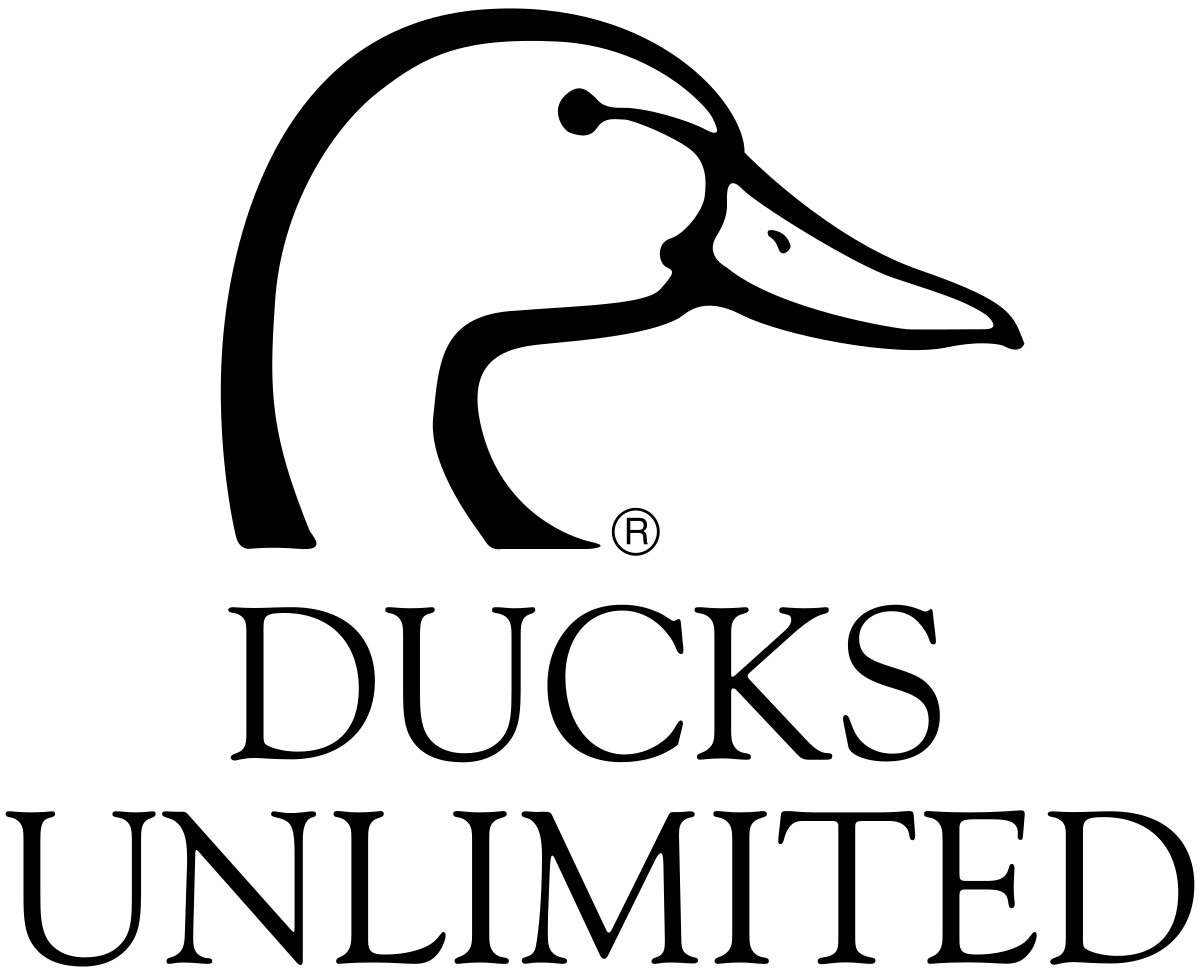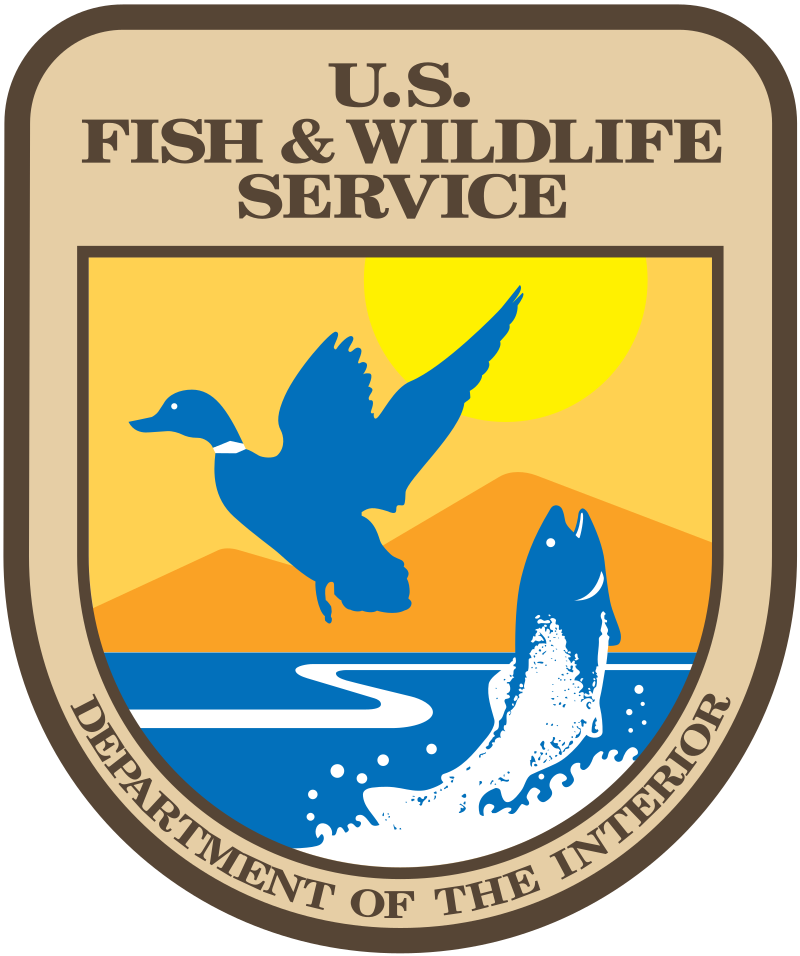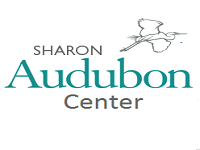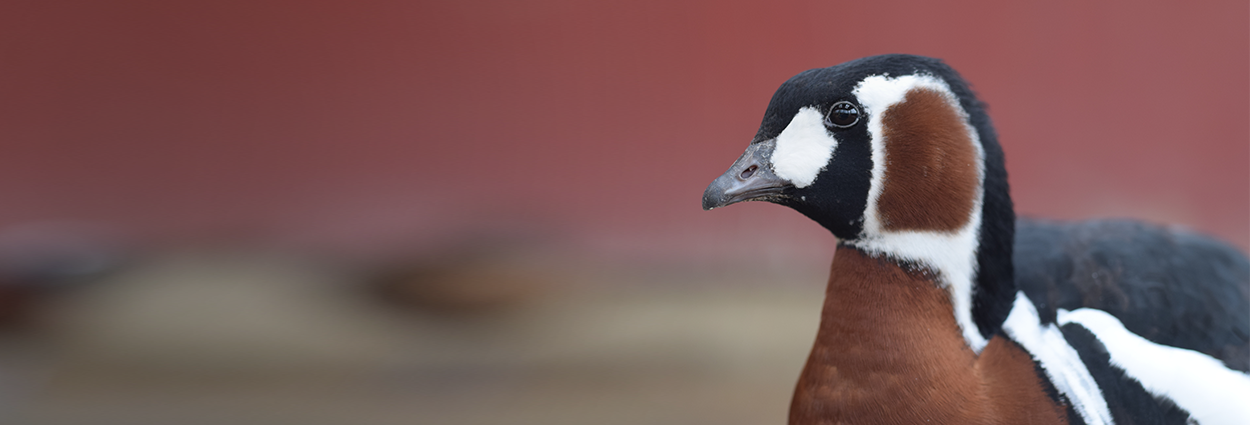
Waterfowl Conservation
Forty years of dedication to the conservation of rare and endangered waterfowl.
Red-breasted goose (Branta ruficollis)
Proactive Conservation
With more than 90 species and 500 birds, we focus on maintaining genetic diversity of rare and endangered species.
Our innovative Aviculture team are specialists in research-driven breeding and rearing techniques.
Our goal is to safeguard our birds’ irreplaceable genetics for if — or more likely when — they become extinct in the wild.
We have spent forty years perfecting our protocols, and teaching and learning from our conservation partners.

“If you take care of birds, you take care of most of the environmental problems in the world.”
Dr. Thomas Lovejoy
Case Study:
White-headed duck
Conservation Status: Endangered
Native to North Africa & Central Asia
Experiencing dramatic population declines in the wild
Extremely rare in captivity
Ripley’s Impact on the Species
Conservation breeding and rearing of White-headed ducks has historically been difficult and more recently very unsuccessful in the U.S. With a declining breeding population and poor reproductive success, this species was “bottlenecking” and headed further into decline.
After years of failed attempts around the country, aviculturists at Ripley studied our observations, spoke with colleagues, and changed protocols which in 2023 resulted in a record number of ducklings which survived and could be introduced into the captive population.
Prior to 2023, the record number of ducklings that survived to breeding age at Ripley - and every other major facility in the U.S. - was just two. In 2023, Ripley successfully raised 24. And, in 2024, we raised 25. All 49 ducklings will participate in breeding programs around the country — to help the long-term survival of this species.
Not only have we shared these birds to strengthen genetics, we have also shared the “Ripley Protocol” with zoos, aviculturists, and researchers so that they may replicate our success.
Conservation Successes
Red-crowned Crane Chick
In the Spring of 2023, Ripley Conservancy successfully reared our first Red-crowned crane chick. A momentous occasion for crane breeding success at our organization, but equally important for ensuring future genetic diversity of the species.
Pheasantry
In the Summer of 2023. Ripley Conservancy opened the doors to the “Pheasantry,” a pheasant-specific exhibit which is now home to 9 species of pheasants, including the critically endangered Edwards pheasant.
Siberian Crane Pair
Listed as the only critically endangered crane species in the world, Ripley is 1 of 5 facilities in the U.S. to house this rare species. You can find them loudly greeting visitors in unison upon entering the Conservancy grounds.
Historical Waterfowl
When S. Dillon Ripley began his aviculturist journey, he was the first to successfully breed both the Red-breasted goose and Hawaiian goose. We remain steadfast caretakers of these historically relevant breeds and continue to be involved in the Species Survival Plan (SSP) for each.
Conservation for future generations
We hope to inspire and educate visitors of all ages on the value of wildlife conservation and the importance of biodiversity through up-close interactions and immersive experiences with our waterfowl, their habitats, and our conservation programs.
Come see conservation in real-time. Learn how caring for our birds can create positive, lasting effects for all of us.
Partners in Conservation
Ripley Waterfowl Conservancy partners with organizations to investigate species’ needs, create awareness, and we share our collection with those who are also working towards waterfowl conservation.
Become a Partner in Conservation, contact us today.
Get Involved
By visiting, becoming a member, or donating to Ripley, you allow us to focus on this critical work—the conservation of rare and endangered waterfowl–for years to come.








